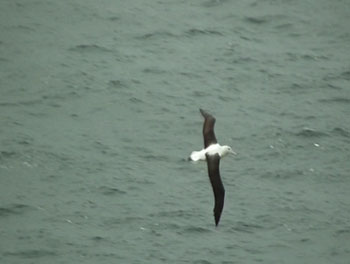![]() The "Kāinga" videos Kāinga a roto | Home within Latest work Video Index Arranged by Medium A tour via thumbnail images
The "Kāinga" videos Kāinga a roto | Home within Latest work Video Index Arranged by Medium A tour via thumbnail images
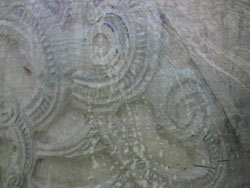
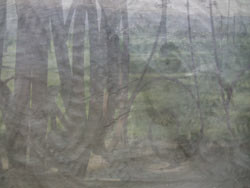
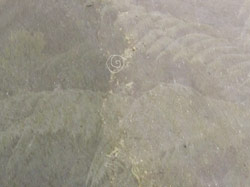
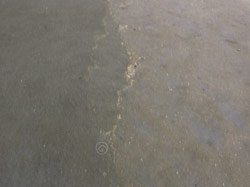
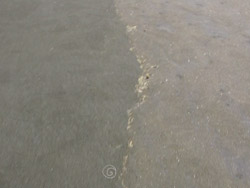
An animation of a turning spiral
floats down over the shallow
wash of water over sand.
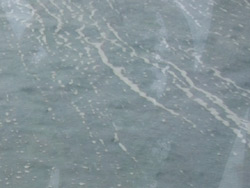
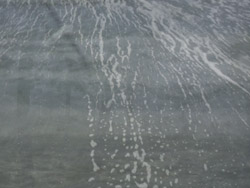
Footage from
Kaupokonui Beach, Taranaki,
Otago Harbour, New Zealand,
and Molen Park, Urmond, The Netherlands.
.
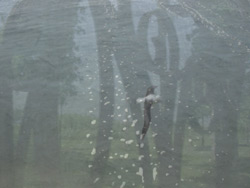
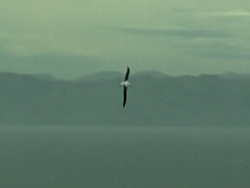
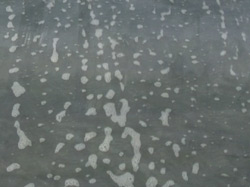
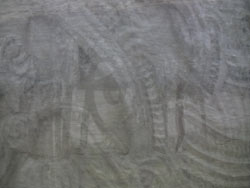
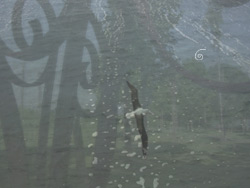
The title of the song "Whānau Mārama" by Toroa Pohatu has multiple meanings. It is used to refer to the "the Constellations" (The Family of the Stars) but it also means "Heavenly Family," "Family of Understanding" or "Family of Light."
The video also features carving work in progress for a boat house (Whaikairo Maihi) for the Museum of Anthropology (Volkenkunde) in Leiden, the Netherlands. The carvers are Takirirangi Smith, Brett Rollo, Sam Hauwaho, and Hingangaroa Smith.
The sculpture that appears in the video is "Ngā hau e wha (The 4 winds) by Sonja van Kerkhoff. It stands in the Molen Park in Urmond, the Netherlands.
The constant shifting between the natural and cultural, dominated by the footage of gliding albatrosses, suggest the other-worldly. As spiritual beings, we gain meaning from associations and from change, from 'a moving heart' affected by our environment, whether land, water or sky.
More about the context of this video as one of the five videos
on the Kāinga a roto DVD.
View and listen to this video online
(on vimeo - not suitable for slow connections)
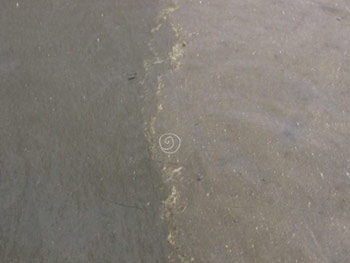
The imagery is an attempt to reflect the flow of rich metaphors expressed in the texts written and sung by Toroa Pohatu which not only acknowledges the power and mystery of the natural worlds but shows how 'family' connections are past, present and future, human and of the natural world all in one.
The first lines:
Tīahoaho whetū pīratarata iri ana i te rangi o te pō
There you are shining, twinkling, suspended in the night sky so
Tīramarama te marama whitiwhiti hei mata
i te rangi o te pō
The moon glows ever so brightly as an eye for the night’s sky
We chose not to represent stars nor the night sky because the lyrics of the song are more about the connections between us and the natural world. Toroa Pohatu says it best:
"The stars are a depiction of those who have passed on to become Ariki (chiefs) of the night sky overseeing us from afar. It is thus a ‘Twinkle Twinkle Little Star’ song. But not ‘what you are?’ but rather ‘who you are?’ a major point and theme of the song."
We chose a recurring motif of the constantly changing surface of the sea mixed with shots of clouds as a metaphor for the fluidity between distance (the heavens) and the intimate.
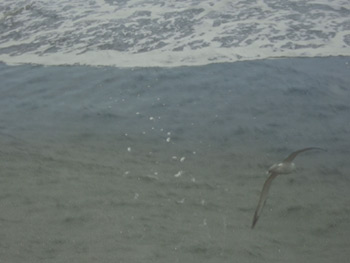
The video is dominated by water in motion, and foam on the surface. Water, rather than stars, were chosen because its movements are a visible equivalent of the slow movements of the constellations, which can only be imagined, and because the stars in this song are not remote: they are part of an eco-system (our world) in constant flux. The lyrics refer in particular to two comets with long tails as chiefs or leaders (signifiers of importance). And comets are mainly water, their tails like the lines of foam on the sea.
Toroa wrote:
"For the astronomy purist of course comets aren’t stars but to Maori they are special 'stars' that are fleeting in our lives so are therefore revered for their rarity in our lives.
Because they are so rare they are believed to be the harbingers of peace. Their glittering trail is the expression of that peace across the land. A certain calmness is heralded by their arrival and their spectacular nature leaves us in awe of their arrival in our lives should we be lucky enough or 'blessed' enough to see or experience one. So these are super "Ariki" (nobles) of the night sky. So any one born at this special time is considered special too and named accordingly, usually after the comet itself.
Verse One refers to a special comet. I have only used one of the comet's names, "Rongomaiwhiti". It was the guiding comet for Ngātoroirangi, the tohunga of Tūwharetoa aboard the waka Te Arawa (see the verse for the interpretation)."
In this context the tohunga is the religious and cosmological expert who would advise and perform rites on board the canoe, Te Arawa. This was one of a number of ocean going double canoes which brought migrants to New Zealand from around 900 A.D.
Rongomaiwhiti houhia te rongo ki runga i te whenua
Rongomai harbinger of peace, spreading peace across the land with your presence
Āio ana te whānau marama i te raukura rongopai
Calm are the Stars in your wake, feathers of peace
